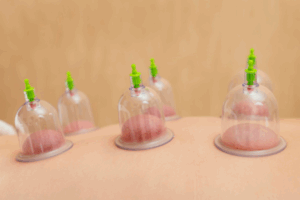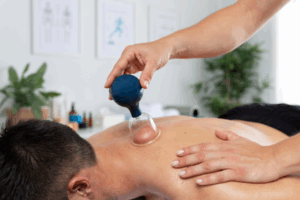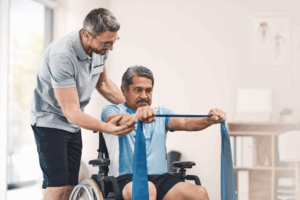Living with bipolar disorder can feel like a constant rollercoaster, impacting not just your mood but also your relationships, work life, and overall wellbeing. If you’re navigating this journey, you might wonder if and when you should look into rehabilitation. This blog aims to help you identify when rehabilitation for bipolar might be a necessary step. Understanding the right timing can empower you to seek the support needed to regain a balanced life.
Understanding Rehabilitation for Bipolar Disorder
Rehabilitation is more than just detox or staying at a treatment center. It’s about building a system that supports all aspects of your life. Think of rehabilitation for bipolar as a plan that helps you improve your daily function, develop new coping skills, and stick to your medication plan. With the right efforts, it’s about finding ways to live your life to the fullest, even when bipolar throws challenges your way.
Signs It’s Time for Rehabilitation
Wondering when to seriously consider rehab? Here are some key signs:
- You find it tough to manage your daily tasks or work.
- Mood swings get in the way of living or relationships, even with regular treatment.
- You turn to alcohol or drugs to feel better.
- There’s a history of hospitalizations due to severe mood episodes.
If you notice any of these signs, it might be time to explore bipolar residential treatment centers.
Taking action early can help prevent more serious disruptions from mood episodes which can spiral into bigger problems.
Clinical Milestones Indicating the Right Timing
Sometimes, specific phases in your treatment journey indicate it’s time for more support. Consider these shifts:
- Moving from immediate care to just maintenance.
- Experiencing severe depressive or manic episodes not managed by current treatments.
- Failing to stabilize even with adjustments in medication and therapy.
When any of these situations occur, considering a comprehensive plan involving rehabilitation for bipolar might be key.
Elements of a Successful Rehabilitation Process
A successful rehab plan involves:
- Medication: Keeping symptoms in check and reducing mood swings.
- Psychosocial Therapies: Like talking therapies, which help manage emotions.
- Lifestyle Management: Including regular exercise, sleep schedules, and healthy eating.
Specific strategies include:
- Cognitive Behavioral Therapy (CBT): Aids in changing negative thoughts.
- Proactive Family Involvement: Gets your folks or close ones actively involved in your recovery.
- Interpersonal and Social Rhythm Therapy (IPSRT): Helps stabilize daily rhythms and interactions.
These pieces of the puzzle can work wonders when pieced together right.
Starting the Rehabilitation Conversation
Starting the talk about rehab can be daunting, but it’s crucial. Here’s how:
- Reflect on your patterns and behavior.
- Ask family and friends for their observations.
- Discuss concerns with a healthcare provider early on.
Early intervention brings big benefits, helping address issues before they evolve.
Confronting Myths About Bipolar Rehabilitation
There are common myths that cloud the idea of rehab. By addressing these myths, you can see the facts:
- Myth 1: Rehab is only for addiction.
- Fact: It’s a holistic approach for many aspects of life.
- Myth 2: You can rely solely on medicine.
- Fact: Integrated care provides improved recovery outcomes.
Recognizing that structured help is impactful guides you towards a healthier path.
Fostering a Supportive Recovery Journey
To keep your progress on track, consider these steps:
- Set Realistic Goals: Celebrate small victories along the way.
- Use Available Resources: Find local support groups and community services.
- Track Progress: Keep a progress diary to spot improvements and setbacks.
A supportive community and ongoing efforts ensure the best shot at sustained improvement.
Conclusion: Embracing Rehabilitation for a Healthier Future
Rehabilitation is a proactive choice that aids in building a healthier, more stable life. Both patients and their families should embrace the signs and act fast. Don’t wait; the sooner rehabilitation is pursued, the more effective the symptom management will be. Take that step, and move confidently toward a balanced future.






